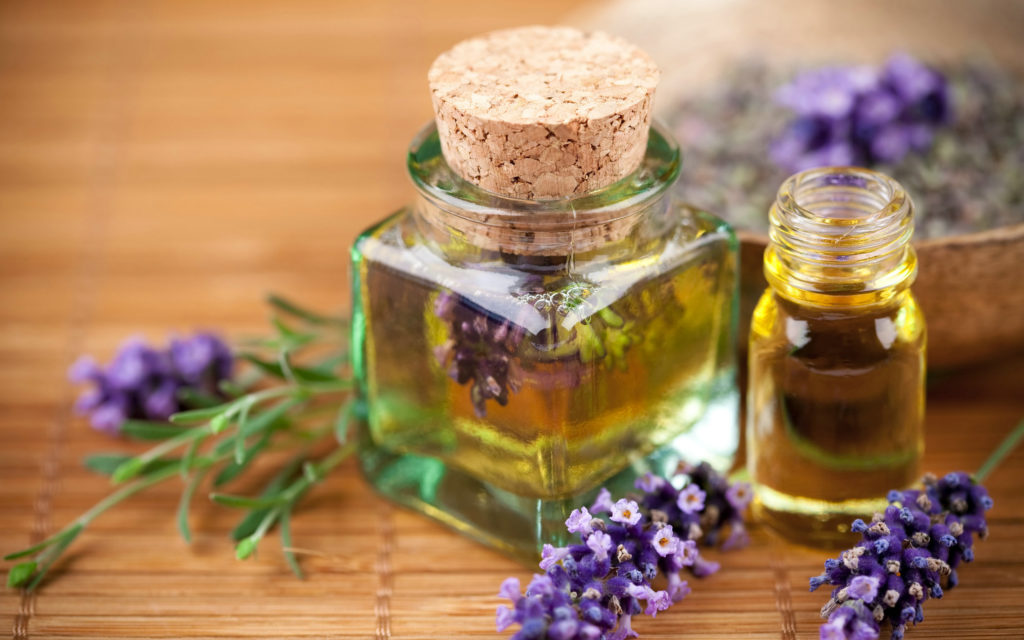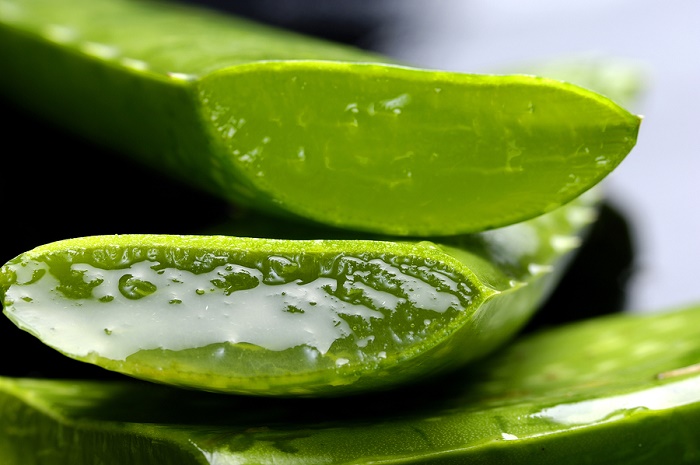Proper hand hygiene must be observed at all times especially during warm seasons when bacteria multiply and spread more rapidly compared to colder seasons. Everything you touch has billions to trillions of bacteria in it which further multiplies in your hands if you fail to wash them. That’s why it’s important to constantly wash your hands especially before eating. However, soap and running water is not always accessible. This is where alcohols and hand sanitizers come in handy. Many prefer to use hand sanitizers since they are not as drying to the skin and often come with a pleasant scent. Instead of buying those commercial hand sanitizers that contain drying alcohol and ingredients such as triclosan which contribute to resistant strains of bacteria, consider making your own. This way, you can customize the scent and amount of ingredients according to your preference. Although it is not as sanitizing as commercial versions, a homemade hand sanitizer is sufficient enough to keep bacteria at bay.
You’ll need:
- Squeeze or pump bottle
- Glass bowl
- ¼ cup non-GMO aloe vera gel
- 8 drops lavender essential oil
- 30 drops 0.5% concentration tea tree essential oil
- 1 tablespoon witch hazel
- 1 teaspoon vitamin E
Procedure:
- Place the essential oils and the vitamin E oil in a glass bowl. Swirl the oils to mix them together.
- Add the witch hazel into the bowl and swirl again.
- Add the aloe vera gel into the mixture and mix well to combine the ingredients together.
- Transfer in a reusable squeeze bottle or pump.
Why use these ingredients?
Tea tree oil: According to clinical studies, 0.5-1% concentration of tea tree oil is very potent in killing most types of bacteria, fungi, and even some strains of virus. This antimicrobial effect is mainly due to tea tree oil’s terpinen-4-ol component. In making adjustments to the recipe, make sure you stick within the 0.5-1% concentration range.

Lavender essential oil: Lavender oil has long been used to cleanse wounds. Current research has proved the antimicrobial claims regarding lavender, especially against fungus. The scent of lavender essential oil also counters the strong scent of tea tree oil in this recipe.
Witch hazel: Witch hazel is a relatively effective antiseptic since it contains alcohol, although not as concentrated as those of commercial alcohols. This alcohol content is responsible for disrupting the cell membrane of the bacteria and for denaturing its proteins, ultimately destroying the bacterial cell.

Aloe vera gel: Aloe vera gel truly puts everything together. It has antibacterial and antifungal properties, and even moisturizing properties that can prevent your hands from drying out. The gel consistency also serves as an effective carrier substance and a diluting agent for all the added essential oils.
Vitamin E: Vitamin E is a well-known beneficial antioxidant for the skin. It can fight free radicals to counter the negative effects of the sun’s UV rays, and it can keep your skin feeling smooth and nourished. Although vitamin E is often taken orally, its beneficial effects can still work when it is applied topically.
Tips and Warnings:
- If you are not fond of lavender essential oil, you can replace it with something else or add another essential oil. Just make sure you choose one that has antibacterial properties such as peppermint, sage, rosemary, or sandalwood essential oils.
- Before adding any essential oil to the mixture, conduct a skin sensitivity test first. These essential oils are very concentrated plant extracts so if you’re new to them, your skin might get an allergic reaction. To test your skin’s sensitivity to the oil, first, mix a drop of the essential oil with about a tablespoon of olive oil. Rub a bit of this mixture on the inside of your elbow then cover the spot with a bandage. Leave it for 24 hours to see if you get any negative reaction such as itching or redness.








